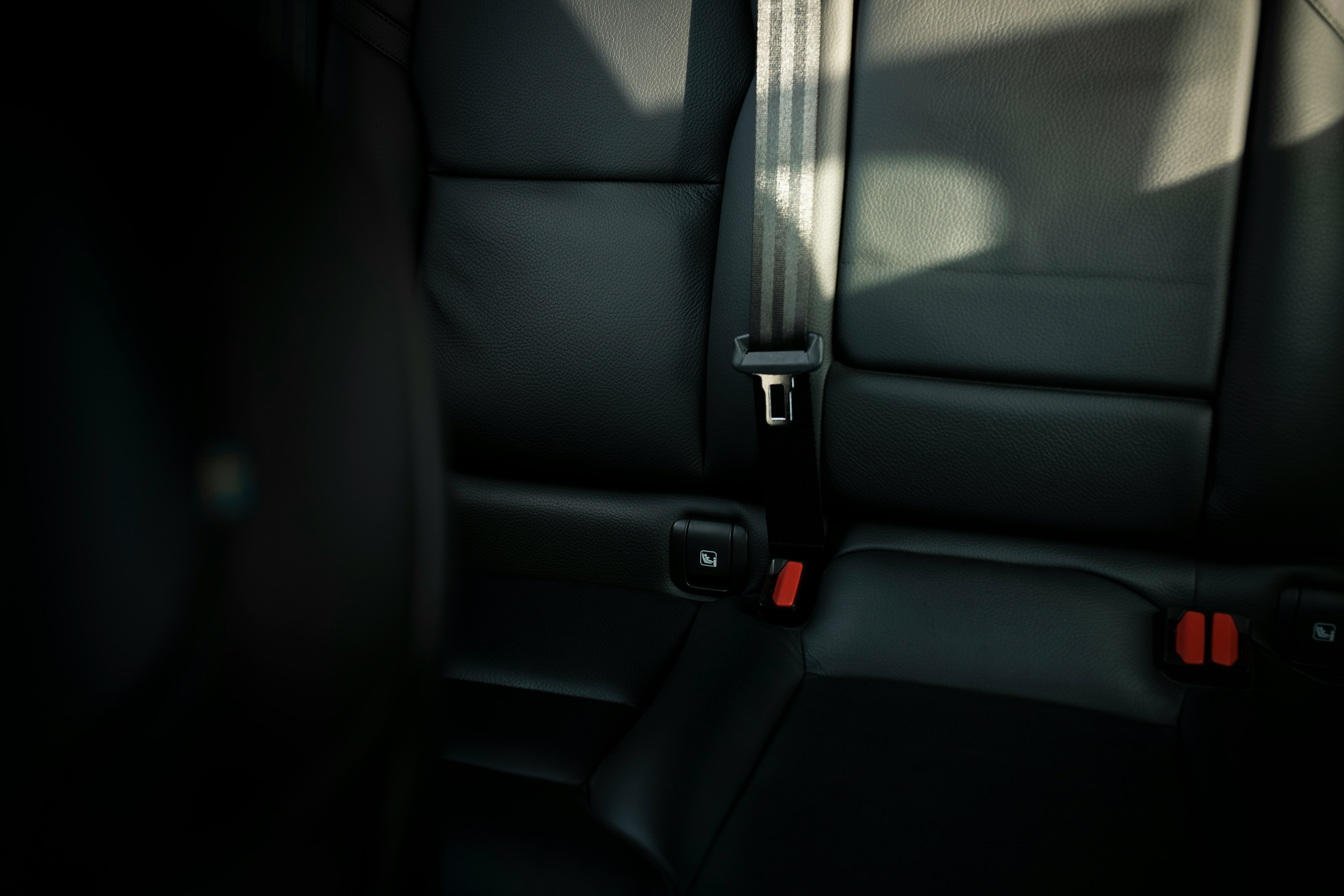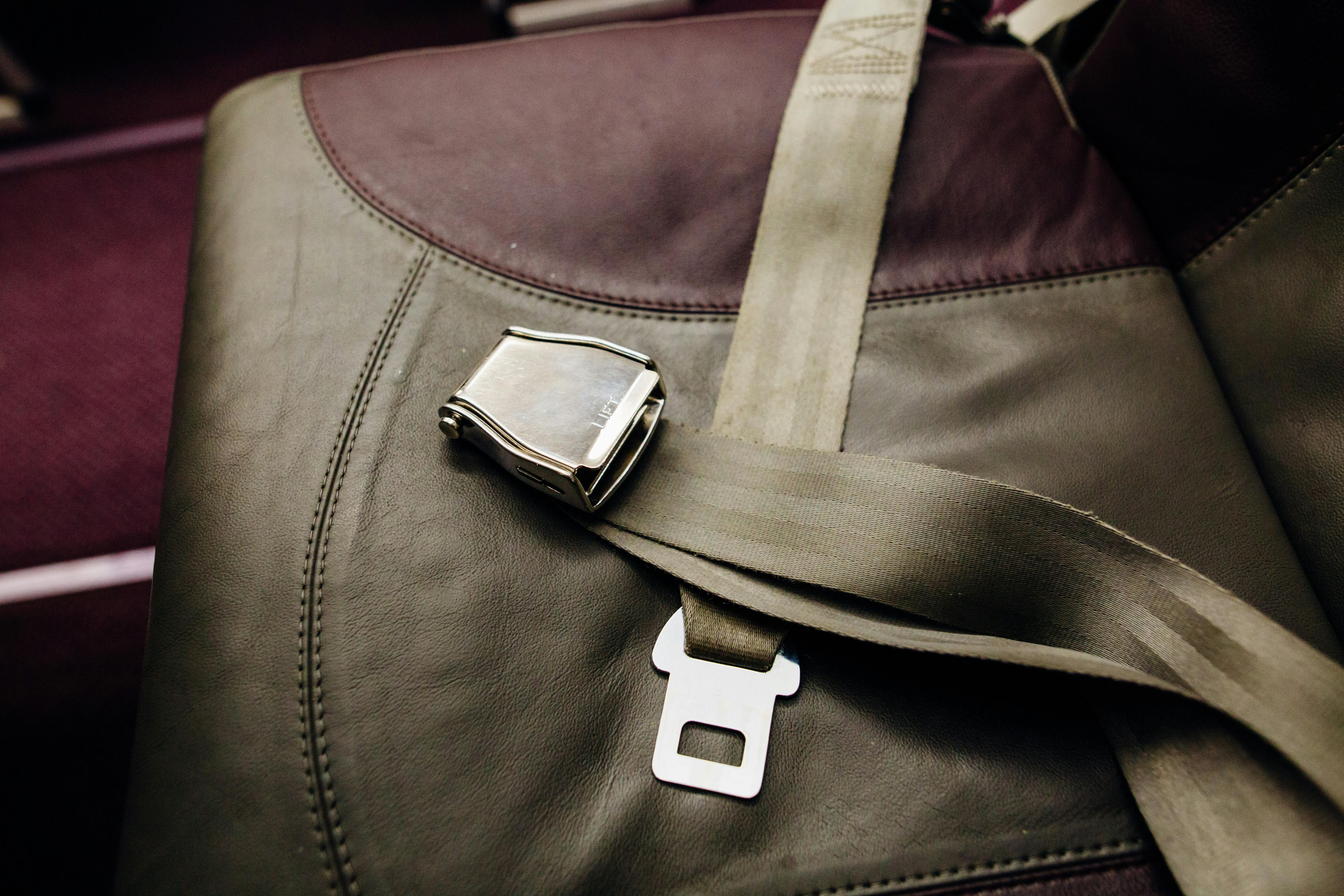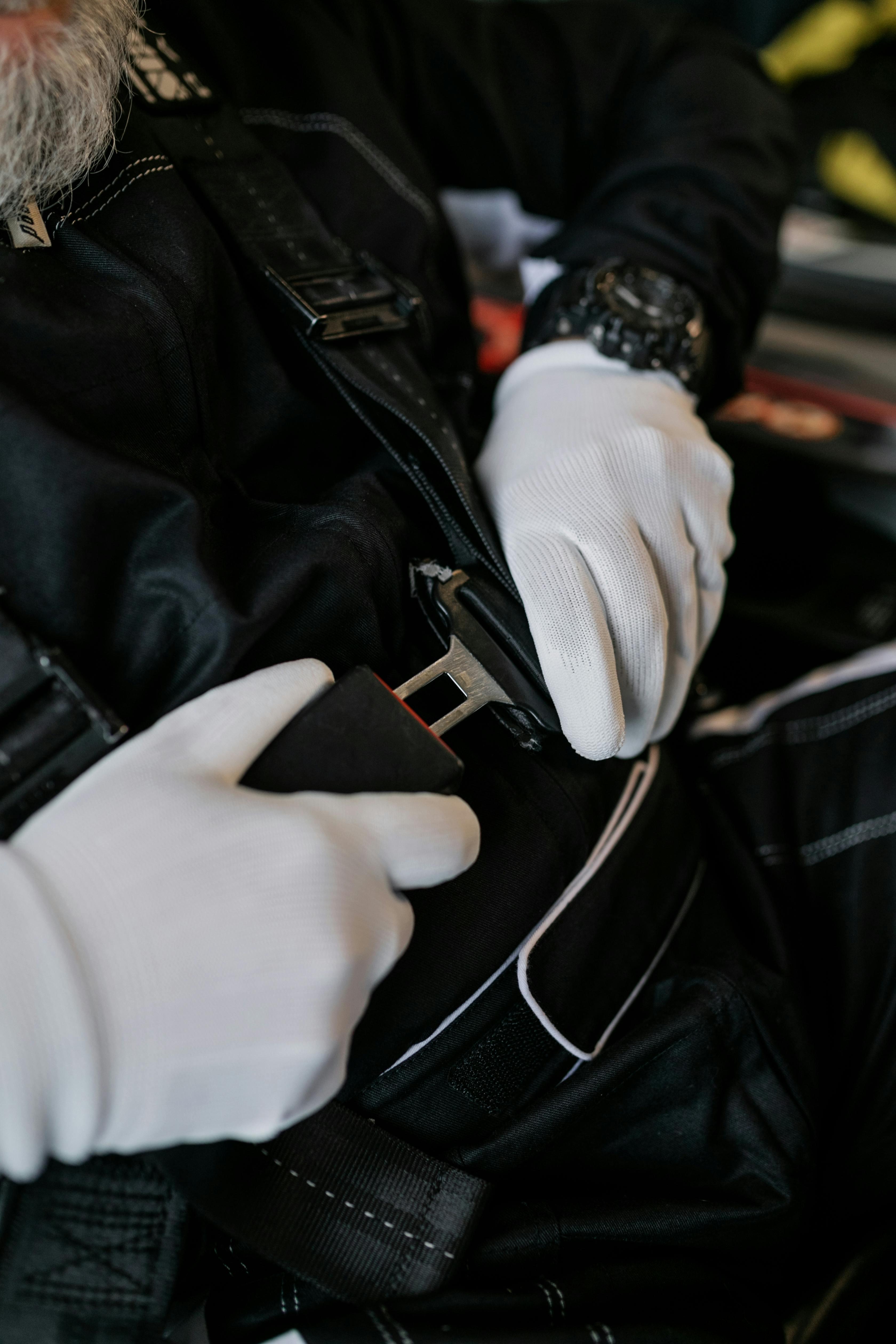Seat Belt Fact Sheet
Seat Belt Fact Sheet

I. Introduction
The [Your Company Name] Seat Belt Fact Sheet provides essential information and facts about seat belt usage, safety benefits, regulations, and statistics to promote awareness and encourage proper seat belt use.
II. Importance of Seat Belt Usage

-
Seat belts save lives: According to the [Your Department of Transportation], seat belts saved an estimated [number] lives in [year].
-
Reduce the risk of serious injuries: Wearing a seat belt reduces the risk of injury by [percentage].
-
Legal requirement: Seat belt laws are enforced in [number] states, requiring all occupants to wear seat belts while driving or riding in a vehicle.
III. How Seat Belts Work
-
Seat belts restrain occupants during sudden stops or collisions, preventing them from being ejected from the vehicle.
-
Properly worn seat belts distribute the force of a crash across the strongest parts of the body, such as the hips and shoulders.
IV. Types of Seat Belts
-
Lap belts: Secures the occupant's pelvis and lower torso.
-
Shoulder belts: Provide upper body protection and prevent forward movement.
V. Proper Seat Belt Usage
-
Position the lap belt across the hips, not the abdomen.
-
Ensure the shoulder belt rests across the chest and shoulder, not the neck or face.
-
Adjust seat belts to fit snugly without being too loose or too tight.
VI. Seat Belt Safety Tips
-
Always wear a seat belt, regardless of the distance of the trip.
-
Pregnant women must wear seat belts low across the hips, and below the belly.
-
Children must use suitable car seats or booster seats for their age.
VII. Seat Belt Regulations
-
Federal law requires seat belts for all occupants in vehicles made after [year].
-
Seat belt violation penalties differ by state, including fines and points on the driver’s license.
VIII. Seat Belt Statistics
-
According to the National Highway Traffic Safety Administration (NHTSA), 47% of occupants killed in car crashes were not wearing seat belts while 53% reportedly lived.
-
In 2053, seat belt use in the United States reached a record high of 90%.
IX. Conclusion

Seat belts are a vital safety feature in vehicles, significantly reducing the risk of injury and death in car accidents. By wearing seat belts properly and consistently, individuals can protect themselves and their passengers on the road.